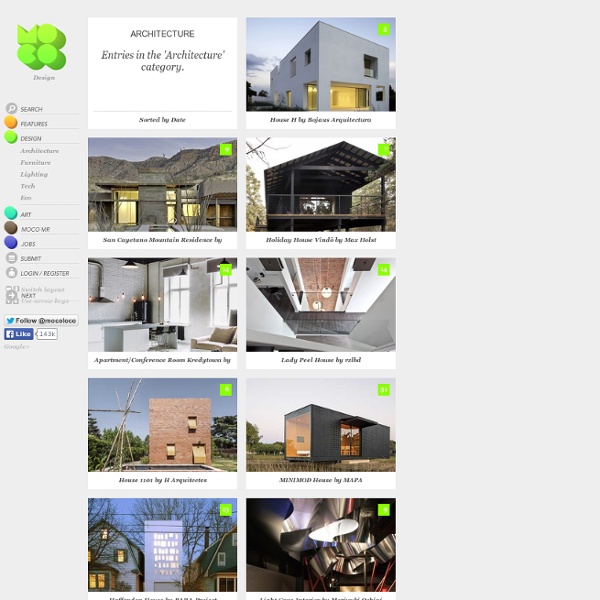



Monsieur Design - Mozilla Firefox China Design Kyna Leski Architecture architecture Renzo Piano piece by piece The “Barbara Cappochin” International Architecture Biennale mounts an exhibition on the Genoese architect in Padua The Pritzker Prize to Shigeru Ban "I see this prize as encouragement for me to grow" Copenhagen Architecture Festival x FILM From the 27th to the 30th of March, more than eighty events including films, debates, city walks and special events Chimney Pots by Wierki Somers Ornamental chimeneys in a new housing development in Hoofddorp, the Netherlands Zaha Hadid and Reinhold Messner The new structure of the Messner Mountain Museum has been designed by the Anglo-Iraqi architect AA London: Starchitecture Scenes, Actors and Spectacles in Contemporary Cities. Botticino Classico marble seen by Michele Nastasi Travel through time and around the world in search of architectures with a common thread Glenn Murcutt in Canada At the Design Centre of Uqàm, Montréal, the exhibition “L’Architecture du lieu”. Wiel Arets’ Campus Hoogvliet
NOTCOT.ORG Yanko Design Top 10 of Green Design Never one to let a trend pass without jumping on the bandwagon ourselves, here is Yanko Design’s top 10 list of the most impactful green designs of recent memory. Given so many criteria available to judge the concepts, ordering the list was tough, but in the end we shot from the hip as well as flipped a lot of coins. Without further ado, hit the jump for your daily dose of feeling good about Mother Earth. 10) Com-bat: A solar powered, robotic spy plane, the 6″ wide Com-bat uses hair trigger sensors to navigate the battlefield and relay data back to base. 9) Lotus Eco-Elise: Drawing on friendly materials like “eco wool”, sisal and hemp, the new Elise stands apart from its hybrid brethren by also incorporating solar roof panels to power its electrical systems. 8 ) River Plant Aquarium: Like a self contained bio-dome (less the Pauly Shore), the aquarium uses fish and water to provide nutrients to the plants, while the plants oxygenate the water for the fish.
The Cornell Note Method The Cornell Note Method has been covered pretty extensively across the internet, but as your “one stop shop” for maximizing (hacking) your college experience, we’re obligated to cover it. Since adopting Cornell notes this semester, processing and reviewing my lecture notes has become a systematized and painless task. Developped in the 1950’s by Walter Pauk, author of How to Study in College, the Cornell Note Method splits an ordinary piece of paper into 3 sections; notes, main points and summary. As you listen to the lecture, all notes are written under the notes section (duh…). If any main points can be identified right away you may write them in the main points section on the left hand side of the page. When processing your notes, additional main points are added to the main points section and finally a summary of the material covered is added to the bottom of the page. Give the Cornell Method a shot in the next lecture you attend and post your thoughts in the comment section below.
Architecture Fieldwork Design & Architecture have collaborated with the Nike Workplace Brand Design group to design some feature walls for the NIKE expansion buildings. The wall is constructed of salvaged maple gym flooring, and creates a branded, meaningful statement of arrival at the office in Beaverton, Oregon. Continue Reading »